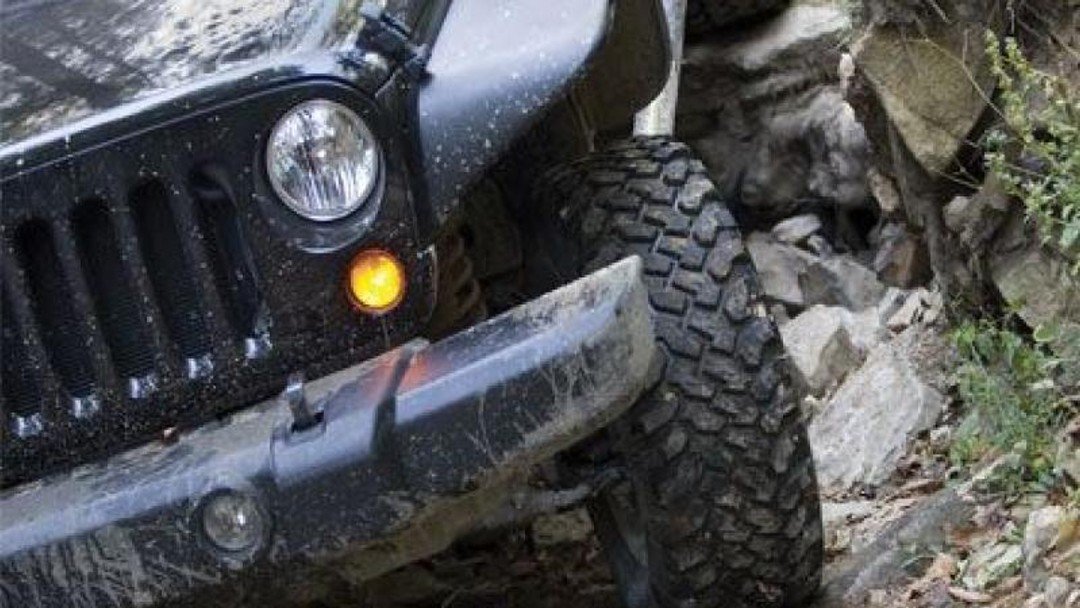Council wins rights of way battle with off-roaders

Trail Riders' Fellowship failed to supply correct maps with applications
Dorset County Council has won a battle with off-roaders who wanted to open up five rights of way for use by motorbikes or 4 x 4 vehicles.
The court heard that Trail Riders made applications for the routes under Section 53(5) of the Wildlife and Countryside Act 1981.
The applications to upgrade the rights of way to ‘byways open to all traffic’ were made in 2004 but it was not until 2010 that the council refused them, on the grounds that they were based on computer-generated enlargements of ordnance survey maps and not by ‘maps drawn to a scale of no less than 1: 25,000’.
Counsel for Trail Riders argued that the maps were drawn to the correct scale and plainly showed the routes in question. The court heard evidence from Ordnance Survey that their maps were enlargements of the 1:50,000 OS map.
Delivering judgment in R(on the application of Trail Riders’ Fellowship and Tilbury) v Dorset County Council [2012] EWHC 2634 (Admin), Mr Justice Supperstone said “the onus is on the applicant” to show that the map is the right scale.
He said 1:25,000 scale maps had been used to prepare the definite map and statement (DMS) of rights of way and showed physical features bounding tracks on the ground or dividing one parcel of land from another.
These “important physical features” included in 1:25,000 maps enabled “the position of the way claimed” to be shown with greater accuracy than smaller scale maps.
“For example, OS 1:50,000 mapping convention is to show roads of generalised standard widths rather than at their true scale width, unlike OS 1:25,000 mapping for certain categories of roads.
“So an OS 1:50,000 would not be able to show the route of the claimed way by reference to the alignment of such a road to the same degree of accuracy and precision as the OS 1:25,000 version.”
Supperstone J said he rejected Trail Finders’ argument that the council’s analysis of the facts was premised by a fundamental misunderstanding of the process of reproducing a map by digital means.
He also rejected a further argument that if there had been any departure from the requirements of the 1981 Act, it should be treated as de minimis.
“I do not accept that the maps which accompanied the applications were of equal practical use as the maps which should have been submitted,” he concluded.
“It is plain that there are material differences between the presentation of the claimed ways on the application maps and their presentation on a 1:25,000 scale map.”
Mr Justice Supperstone dismissed the claim.
James Pavey, partner at Thomas Eggar, acted for Graham Plumbe, vice chairman of the Green Lanes Protection Group. Plumbe and the environment secretary were interested parties in the case.
“Although this was a highly technical case, the ruling has real, practical benefits,” Pavey said.
“It is good news for the Dorset landowners who own the lanes in question. They will not see physical damage to the lanes in their stewardship, as a result of heavy vehicular use.
“It is also good news for the public, who can continue using some of the ways on foot and on horseback without risk of collision with motor vehicles.”
Pavey decribed the High Court action as a “veiled attack” on the leading case of R(on the application of Winchester College) v Hampshire County Council [2008] EWCA Civ 431, which rejected applications to let off-roaders to use rights of way across Twyford Down.
